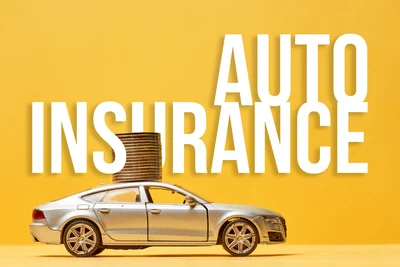Introduction
In today’s fast-paced world, where roads are bustling with vehicles of all shapes and sizes, the need for comprehensive car insurance has never been more crucial. Car insurance is more than just a legal obligation; it’s also a financial safety net that may protect you from unexpected financial hardships. However, navigating the myriad of car insurance coverages can be daunting. In this article, we will delve into the importance of understanding different car insurance coverages and how they can be the key to safeguarding both you and your vehicle.
The Basics: Liability Coverage
Let’s start with the basics. The core of every auto insurance policy is liability coverage. In an accident, this component of your insurance pays individuals for injuries and property damage caused by you. In essence, it’s your responsibility coverage. Understanding the limits and nuances of liability coverage is crucial, as inadequate coverage could expose you to significant financial liabilities.
Protecting Your Ride: Collision Coverage
While liability coverage addresses damages to others, collision coverage focuses on your vehicle. Accidents happen, and collision coverage pays for the repairs to your car, regardless of who is at fault. It’s a comforting safety net for car owners, especially when the cost of repairing or replacing a vehicle can be substantial.
Weathering the Storm: Comprehensive Coverage
Beyond collisions, cars face risks from natural disasters, theft, and vandalism. From hailstorms to falling tree branches, understanding the scope of comprehensive coverage ensures you’re prepared for a wide range of unforeseen circumstances.
Uninsured/Underinsured Motorist Coverage: Bridging the Gap
What happens if you are in a collision with a motorist who does not have insurance or enough coverage? Uninsured/underinsured motorist coverage is applicable here. It is a safety net, paying for medical costs and property damage when the at-fault party cannot pay.
Medical Payments Coverage: Your Health Matters
Car accidents can result in injuries beyond your health insurance’s scope. Medical payment coverage, often known as MedPay, can fill this gap by covering medical expenditures. You and your passengers will incur medical fees regardless of who is at fault. Understanding the scope of your medical expenses coverage is vital for ensuring adequate protection for healthcare costs related to a car accident.
Personal Injury Protection (PIP): A Holistic Approach to Coverage
Personal Injury Protection (PIP) is required in several states. PIP is comprehensive coverage beyond medical payments, providing a range of medical expenses, lost wages, and other related costs. Understanding PIP is crucial, as it offers a more holistic approach to coverage, addressing various aspects of your life that may be affected by a car accident.
Rental Car Reimbursement: Keeping You on the Move
Imagine being without your vehicle after an accident. Rental car reimbursement coverage ensures that you stay on the move by covering the cost of a rental car while yours is being repaired. This coverage is often overlooked, but it can make a significant difference in maintaining your daily routines during an already stressful time.
Gap Insurance: Filling the Depreciation Gap
If your car is totaled in an accident, standard insurance may not cover the total cost of your loan or lease. This is where gap insurance becomes crucial. It covers the difference, or the “gap,” between what you owe on your car and its current market value. Understanding gap insurance is especially important for those who lease or finance their vehicles.
Towing and Labor Coverage: Roadside Assistance
Breakdowns and roadside emergencies are a reality of car ownership. Towing and labor coverage, often considered an optional add-on, provides financial assistance for towing services and essential roadside repairs. Knowing the extent of this coverage can save you from unexpected expenses when you find yourself stranded on the side of the road.
Discounts and Deductibles: Maximizing Savings
Understanding the various discounts available and the impact of deductibles on your premium is essential for maximizing your savings. Safe driver discounts, multi-policy discounts, and discounts for these are only a few examples of safety features that can save money. Additionally, comprehending how deductibles influence out-of-pocket expenses can help you balance premium costs and financial responsibility.
Conclusion
In the complex world of car insurance, knowledge is power. Understanding the available coverages and tailoring your policy to your specific needs is not just about compliance; it’s about safeguarding your financial well-being and ensuring you’re adequately protected on the road. As you navigate the myriad options in the car insurance landscape, remember that an informed decision today can make a world of difference tomorrow. So, buckle up, stay informed, and drive confidently, knowing you are truly “Driven to Protect.”



